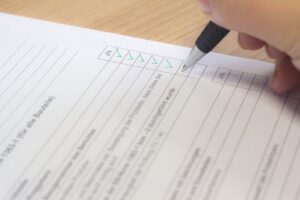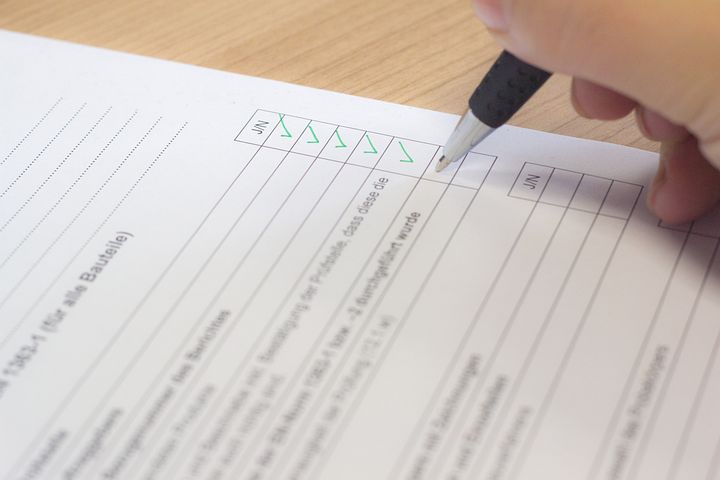 In my previous post, I walked through three key lessons learned from my time as an editor for proposals. Based on this experience, I have developed a general checklist that defines the key needs and areas that need to be defined before handing off your proposal to your editor.
In my previous post, I walked through three key lessons learned from my time as an editor for proposals. Based on this experience, I have developed a general checklist that defines the key needs and areas that need to be defined before handing off your proposal to your editor.
- Does your proposal follow the instructions precisely? An editor needs to check for proper font type and size, page margins, line spacing, and page limit specifications. One hundred percent compliance is necessary. If anything is off, it will affect the page count, which alone eliminates your proposal from being fully read or even considered. If your proposal runs over, try to ensure that it runs over by no more than 1 or 1.5 pages for every 25 pages. Anything greater than that amount of text can be daunting to eliminate. This helps free your editor’s time and energy toward making substantive improvements.
- Is your proposal text-heavy with little to no supporting graphics? Remember that it can be exhausting for evaluators to point score proposals, especially when they are doing so in addition to their day jobs. A modern, colorful, and readable format will engage the evaluators. Having white space on the page is easy on the eyes. Remember that graphics can be just as if not more effective as words.
- Does your proposal contain technical jargon? Eliminate as much of this as possible. Selected proposal reviewers may not be experts. Moreover, plain English guidelines are the adopted standard in Government and private industry.
- Is your proposal specific and detailed throughout? Your proposal should reflect your experience and your branding. It should not sound like any other proposal. Have you included innovative approaches and highlighted the strengths of your staffing team and management plan in concrete terms that stand out? Is it clear that you apply best practices in your work? Have you woven in your accomplishments and awards performing similar work?
 Is any area of your proposal too vague? Is any section of the proposal too generic? Instead of saying, “[we] or [X company] will manage the research and development of a product,” does your proposal identify a specific person, wherever practicable, who will perform the tasks (e.g., Program Manager)? Did you cross check the proposal for contradictory information? A common error is for one area of the proposal (e.g., technical approach) to say, for example, that the Program Manager will oversee personnel, and another area (e.g., the staffing section) to indicate that the Project Director will perform that role.
Is any area of your proposal too vague? Is any section of the proposal too generic? Instead of saying, “[we] or [X company] will manage the research and development of a product,” does your proposal identify a specific person, wherever practicable, who will perform the tasks (e.g., Program Manager)? Did you cross check the proposal for contradictory information? A common error is for one area of the proposal (e.g., technical approach) to say, for example, that the Program Manager will oversee personnel, and another area (e.g., the staffing section) to indicate that the Project Director will perform that role.
Conclusion. Strong proposal teams use all hands on deck to flesh out the barebones Statement of Work to create a winning proposal. Write each section at the appropriate level of effort with the funding agency proposal reviewers in mind. Can you instill confidence that your team is the most qualified and experienced for the job, and that your team will expertly mitigate any barriers that might come along? Bringing in a strong content editor can help your team maximize your chances for success.
Beth Rabinowitz is a consultant with BZ and has devoted a significant portion of her 30-year career helping clients produce successful proposals. Many of her clients are on a mission to improve public health, children’s welfare, and/or educational outcomes. When she isn’t working on proposals, she’s often writing, content editing, or copy editing training tools and educational resources; white papers; brochures, fact sheets, and blogs; case studies; annual reports; evaluation reports and policy papers; and dallies into creative writing. If you’d like to engage Beth on your next opportunity, reach out to BZ here.
